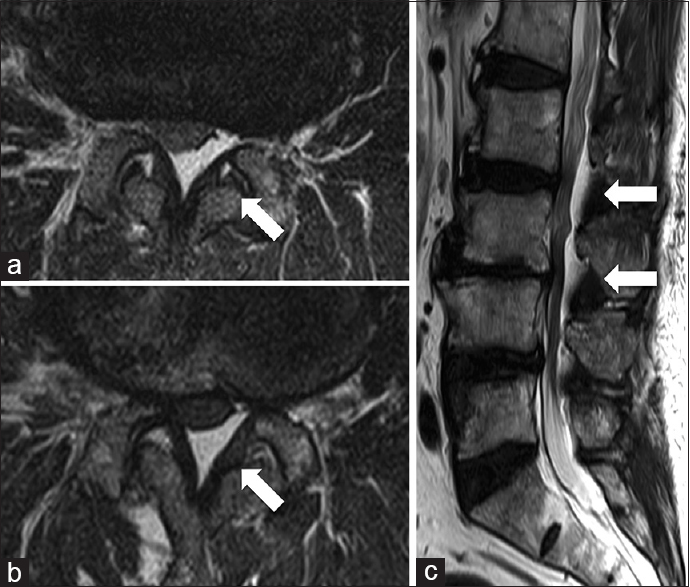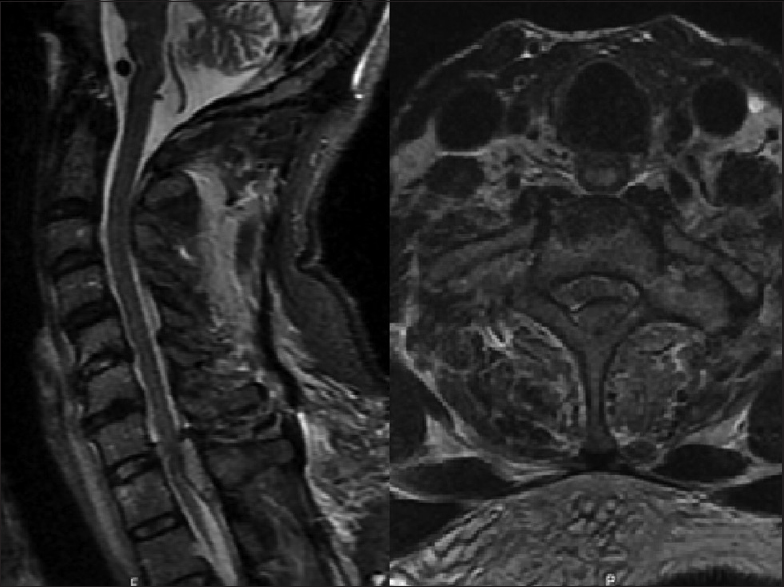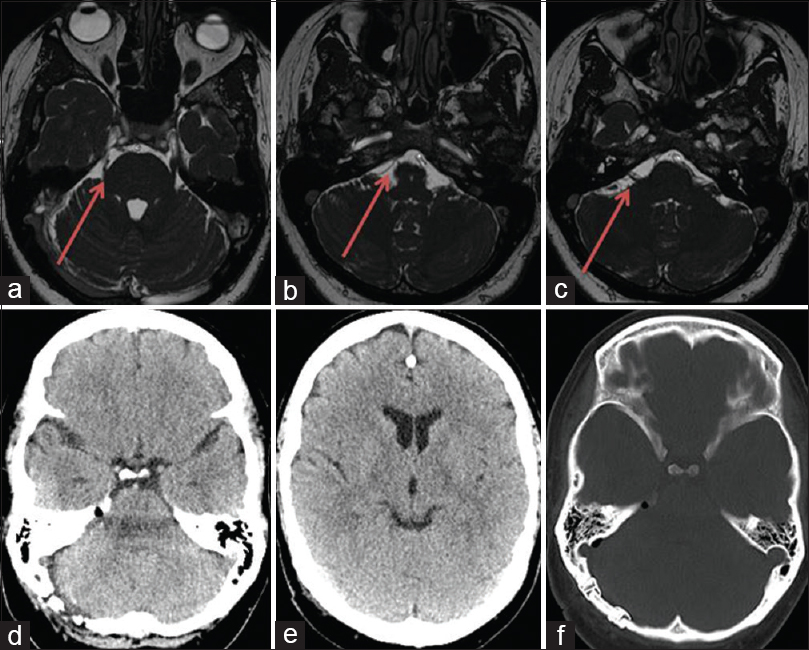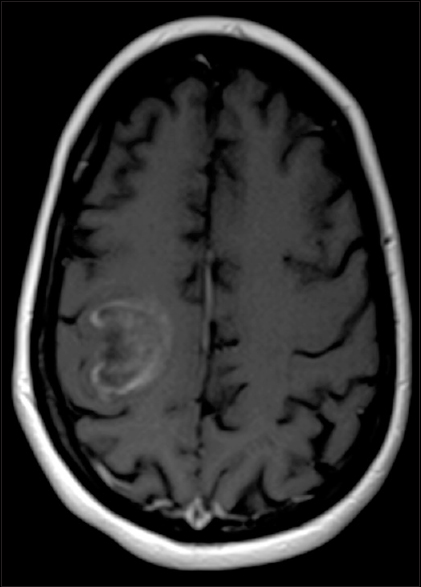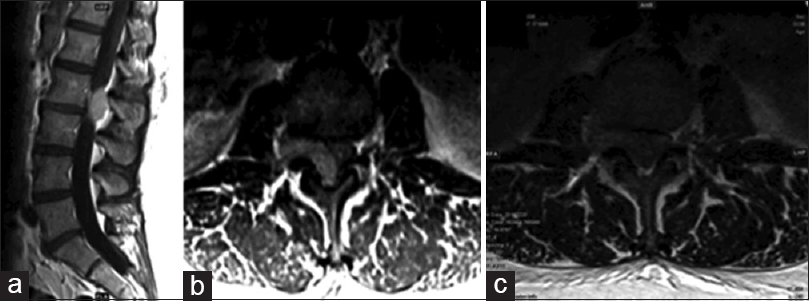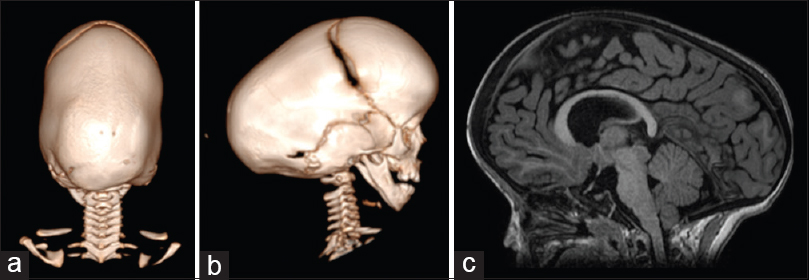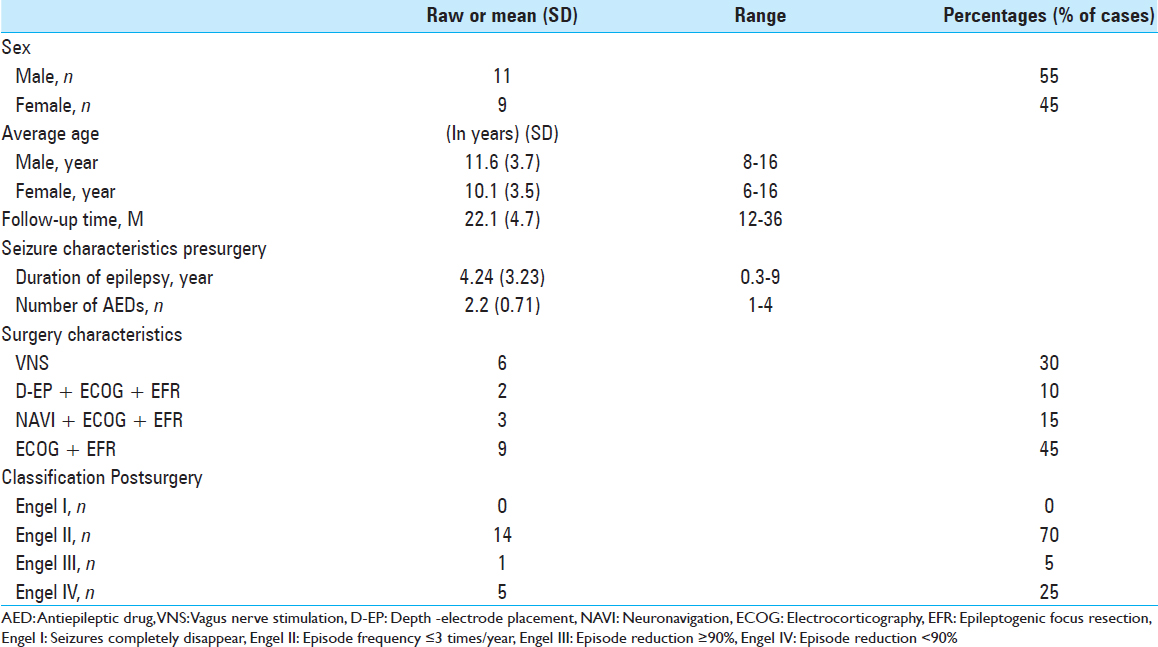An intraspinal extradural lipoma with spinal epidural lipomatosis: A case report and a review of literature
Date of publication: 23-Oct-2018
Background:Intraspinal extradural lipomas are very rare and should be differentiated from spinal epidural lipomatosis (SEL) and/or angiolipomas.
A rare case of Brown-Sequard syndrome caused by traumatic cervical epidural hematoma
Date of publication: 23-Oct-2018
Background:Brown-Sequard syndrome (BSS) is a well-known entity that is most commonly caused by a penetrating injury to the spinal cord (e.g., stab wound or gunshot wound). It is characterized by an ipsilateral weakness (damage to corticospinal tracts) and contralateral loss of pain and temperature two levels below the lesion (damage to lateral spinothalamic tracts). Although, rarely non-penetrating injuries, tumors, disc herniations, infections, autoimmune diseases, and epidural hematomas (non-penetrating trauma and spontaneous) have contributed to BSS syndromes, there are only four cases of BSS in the literature attributed to traumatic spinal epidural hematomas. Here, we add an additional case involving a 59-year-old male.
Surgical management of coexisting trigeminal neuralgia and hemifacial spasm
Date of publication: 23-Oct-2018
Background:Coexisting hemifacial spasm (HFS) and trigeminal neuralgia (TN) without any mass lesion in the posterior fossa is a rare condition. Hence, the surgical strategy of coexisting HFS and TN has rarely been discussed.
Transtentorial herniation from tumefactive multiple sclerosis mimicking primary brain tumor
Date of publication: 17-Oct-2018
Background:Multiple sclerosis (MS) is a chronic central nervous system inflammatory demyelinating disease characterized by multiple lesions disseminated in time and space. The lesions often have characteristic imaging findings on magnetic resonance (MR) imaging and cerebrospinal fluid findings that lead to their diagnosis. At times, these lesions may resemble tumors due to their large size (>2 cm), significant vasogenic edema, and ring-enhancing MR imaging findings. Such lesions are described as tumefactive demyelinating lesions or tumefactive MS, and they are generally seen in aggressive forms of MS associated with rapid progression.
Neuro-surgical considerations for treating IgG4-related disease with rare spinal epidural compression
Date of publication: 17-Oct-2018
Background:Immunoglobulin G4-related disease (IgG4-RD) is a group of distinct autoimmune disorders affecting nearly every organ system in the body. Although central nervous system involvement is quite rare, it may present as hypertrophic pachymeningitis more frequently affecting the brain than the spine. In this study, we provide a case of spinal IgG4-RD pseudotumor resulting in cord compression, and a comprehensive review of the literature.
Large frontal osseous hemangioma with dural sinus involvement in a patient with Klippel-Trenaunay syndrome: A rare case report
Date of publication: 11-Oct-2018
Background:We present one of the first documented cases in the literature of an adult with Klippel-Trenaunay syndrome (KTS) with a large frontal osseous hemangioma.
Bilambdoid and sagittal synostosis: Report of 39 cases
Date of publication: 11-Oct-2018
Background:Bilambdoid and sagittal synostosis (BLSS), also called “Mercedes Benz synostosis,” is a multisutural craniosynostosis that has been described as a specific entity. However, this synostotic pattern can also be found in syndromic craniostenosis. To better define this entity we reviewed our experience with bilambdoid and sagittal synostosis.
Double-clip technique: An effective clipping technique for small and very small aneurysms
Date of publication: 11-Oct-2018
Background:In this video abstract, we present a double-clip technique for the management of small (≤5 mm) and very small (≤3 mm) aneurysms with a suitable configuration to apply two clips. This is a parallel duplication clipping technique of booster clipping which uses mini-clips that have a smaller closing force compared to standard clips. This technique prevents the slippage of the applied clips, was developed along the career of the senior author (Juha Hernesniemi), and has been previously proved to be safe and effective for aneurysm clipping.
Erratum: Morphometrics predicts overall survival in patients with multiple myeloma spine metastasis: A retrospective cohort study
Date of publication: 08-Oct-2018
Improvement of intellectual outcomes in 20 children with refractory epilepsy after individualized surgery
Date of publication: 08-Oct-2018
Background:Refractory epilepsy is a common and troublesome neurosurgical disease. This study is designed to compare seizure control and degrees in intellectual outcome in children with refractory epilepsy after surgical treatment.


